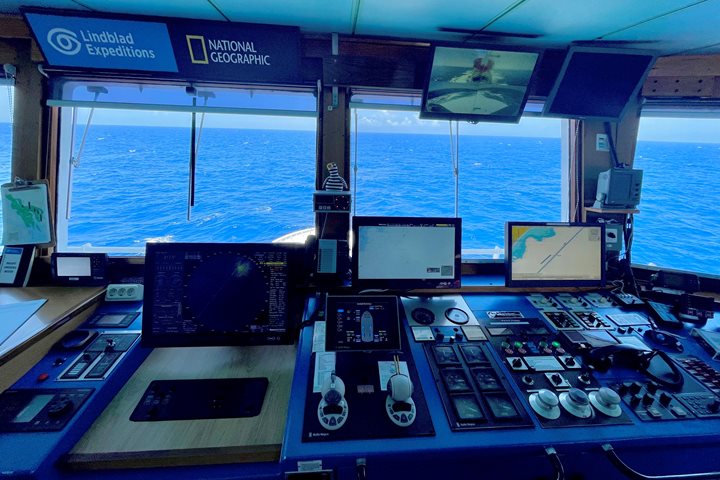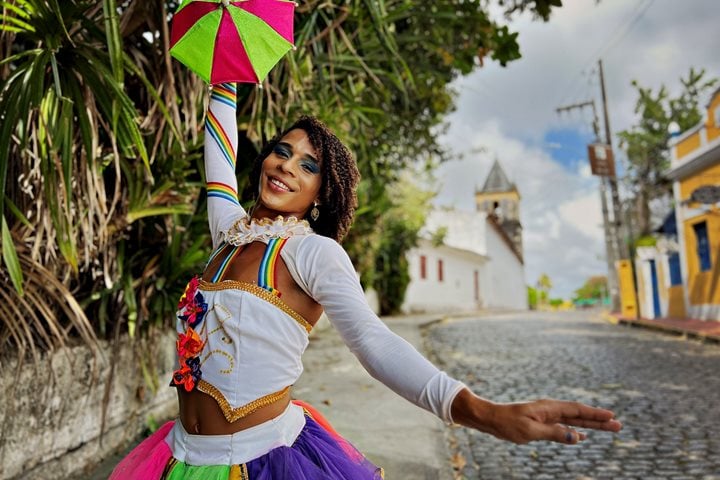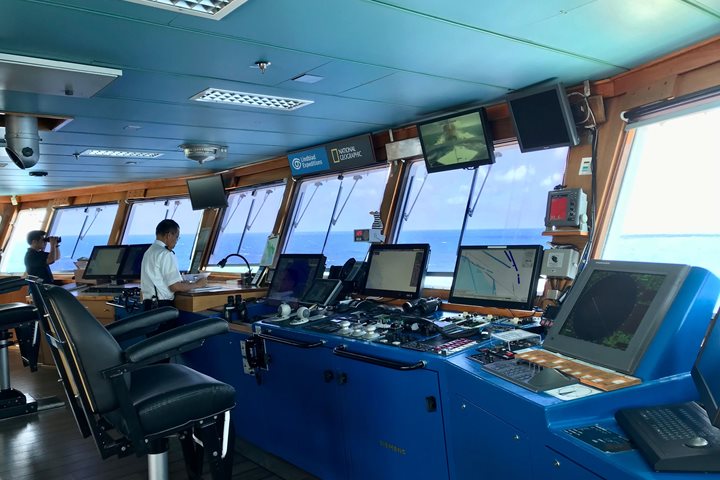Our last full day on National Geographic Explorer took us to Ilheus, a small city in Bahia that has long been an epicenter for Brazil’s cacao industry. Once the world’s largest producer of cacao, the fruit whose beans are the source of chocolate, the area’s plantations were decimated in the 1980s when the witch’s broom fungus destroyed most of the area’s trees. The industry has been making a comeback in recent years as local farmers begin to focus on small crops and boutique production.
We spent most of our day at two different cacao plantations, where we learned the backstory behind the chocolate that we consume every day. Most of the people in our group had never seen a cacao tree before, with its large red, yellow, and green pods hanging awkwardly from thin branches like something out of Invasion of the Body Snatchers. We learned about the origins of cacao, which is a native of the Amazon rainforests of present-day Venezuela. Human consumption of chocolate dates back at least 5,000 years and was popular among the Mesoamerican Aztecs who gave it its name. Originally consumed as an unsweetened and spicy beverage, it wasn’t until sugar was added that chocolate became popular in Europe, and the rest, as they say, is history.
We enjoyed samples of a variety of cacao products, from the sweet nectar made from the pulp that surrounds the seeds, to roasted cacao nibs, cacao molasses, tea, and even a cacao liquor. And, of course, we indulged in plenty of chocolate. Luckily, we were still hungry for lunch, a sumptuous buffet of Bahian delicacies, which we enjoyed to the sounds of Afro-Brazilian music. The music continued once we got back to the ship, when our guest musicians, guitarist Alex Mesquita and percussionist Daniella Penna, performed bossa nova, Afro-sambas, and axé music for us in the lounge. It was a sweet ending to a magnificent adventure that took us from Trinidad to Brazil.







